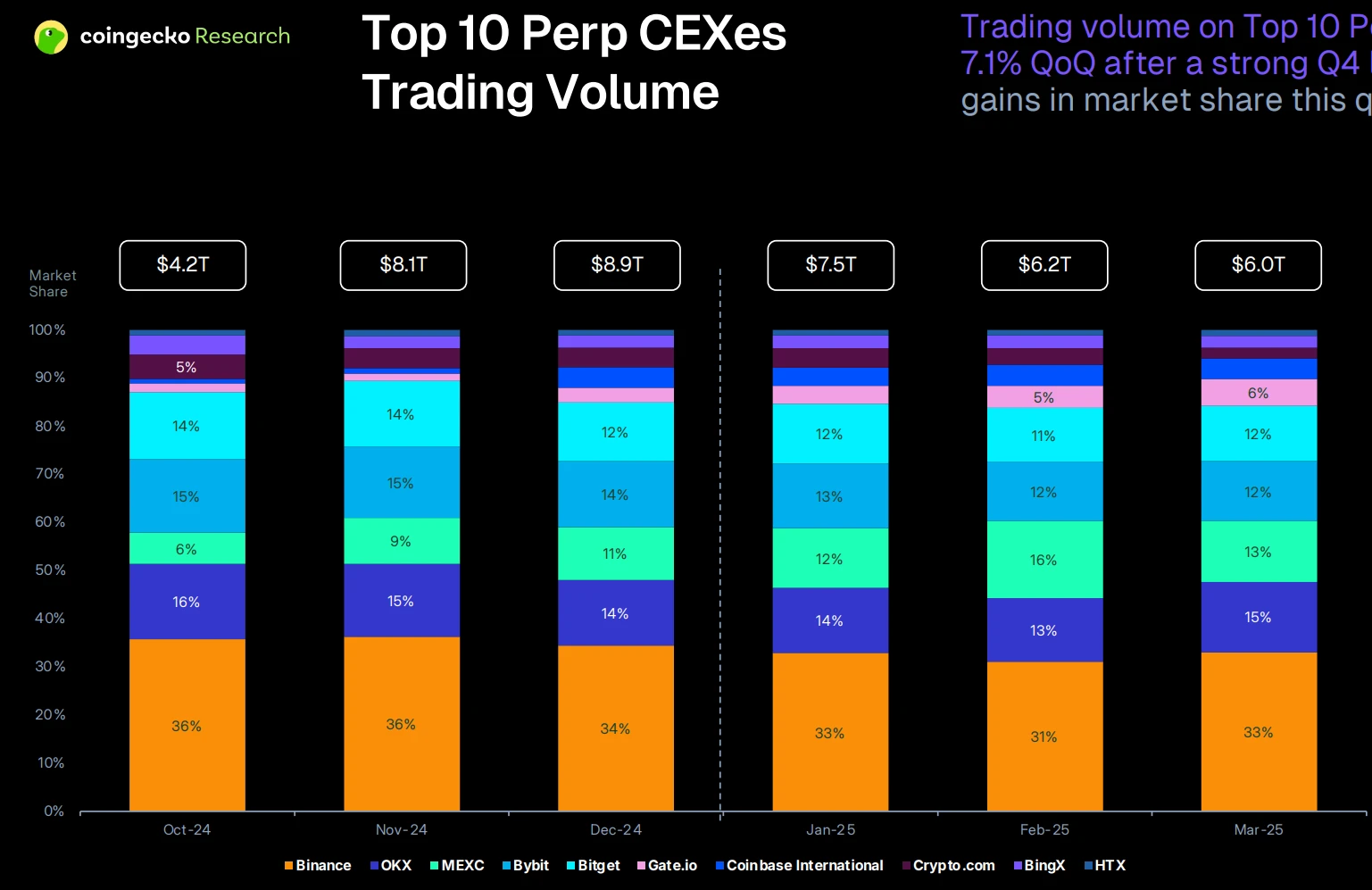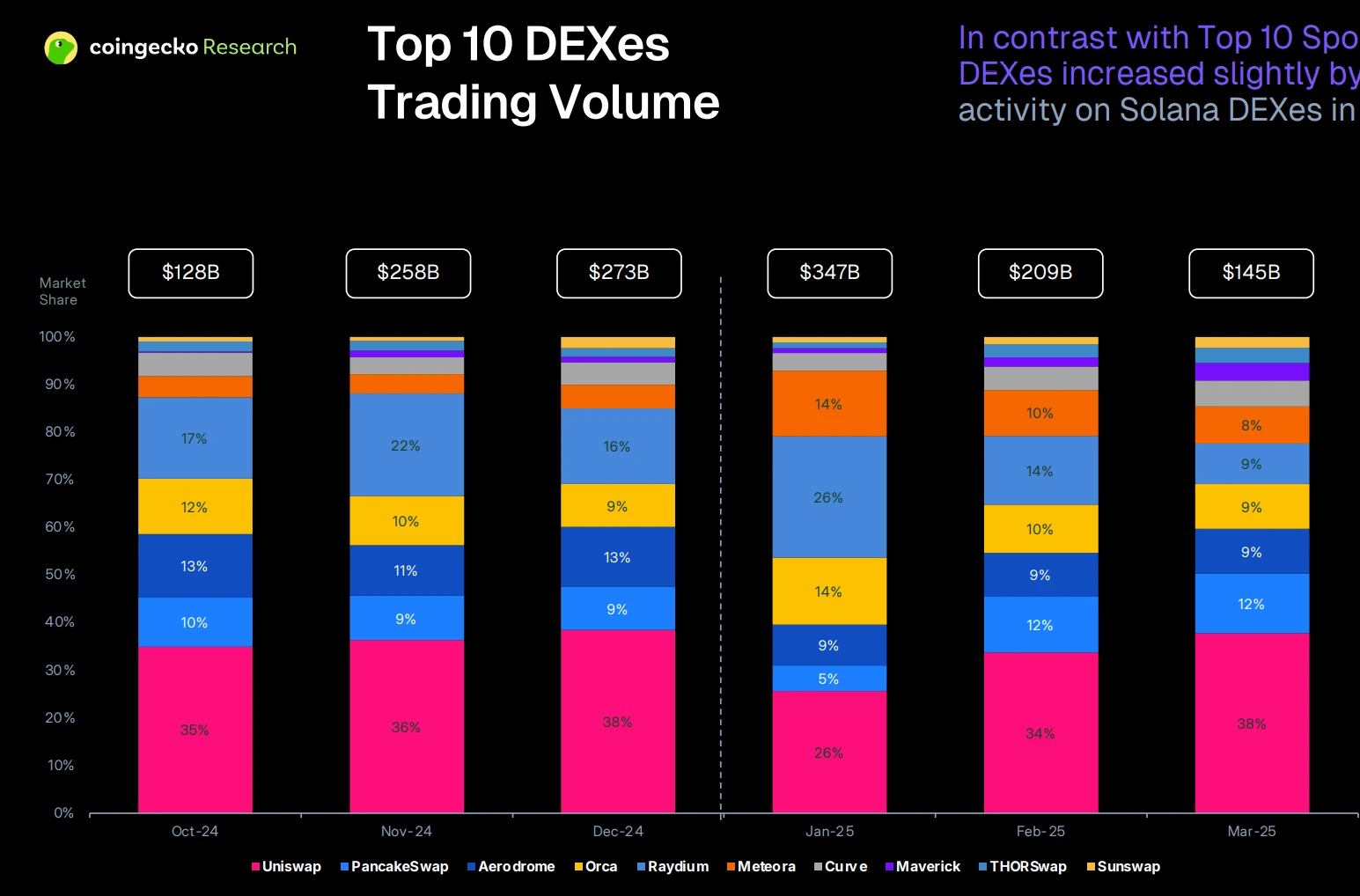Original | Odaily Planet Daily (@OdailyChina)

In 2025, with the return of Trump, the "crypto-friendly" president, to the White House, the introduction of the GENIUS Act and the CLARITY Act redefined the regulatory boundaries for digital assets. In February, the SEC halted a two-year enforcement investigation into Coinbase, lifting a heavy compliance burden from it.
Riding this wave, Coinbase is redefining its strategic role in the crypto world. It is no longer just a trading platform focused on spot trading and compliance, but is attempting to expand its crypto landscape comprehensively, using the U.S. regulatory framework as a reference point. From off-chain institutional layout to on-chain ecological extension, Coinbase is gradually building a financial ecosystem that spans trading, derivatives, infrastructure, and payments.
Its expansion logic is not a single-dimensional product stacking, but rather a simultaneous push in multiple key directions within a compliance framework:
Launching perpetual contracts that comply with CFTC regulations, officially entering the high-leverage derivatives battlefield;
Seamlessly integrating Base ecosystem assets into the Coinbase App through DEX, breaking traditional listing barriers;
Applying for a MiCA crypto license in Luxembourg and planning to expand to Malta, aiming to lay out in the EU market;
Actively seeking SEC approval to launch "tokenized stocks," connecting traditional securities trading on-chain.
These four initiatives anchor different institutional and asset boundaries, linking to the future vision Coinbase aims to build: creating a new financial ecosystem that spans centralized finance (CeFi) and decentralized finance (DeFi), on-chain and off-chain, without crossing regulatory red lines.
This strategy is based on a clear logic: the clearer the regulatory framework, the more beneficial it is for local compliant enterprises to unleash their advantages; and in the competition of institutional platforms, the ultimate contest is not about who is faster, but who can build the largest functional space within the regulatory order.
From early compliance testing ground to today's regulatory beneficiary
Coinbase was founded in 2012, during a wild growth period when Bitcoin had just surpassed $10. Unlike many early projects, it chose a unique path: not issuing tokens, not conducting ICOs, and actively embracing regulation, participating in this decentralized experiment in the most "atypical" way. In 2014, Coinbase became one of the first crypto platforms to obtain multi-state money service business (MSB) licenses in the U.S.; after the 2017 bull market, facing the SEC's crackdown on ICOs and the CFTC's strict regulation of derivatives, it further strengthened its compliance system, carefully selecting listed assets, controlling leverage risks, and bringing in legal experts to improve risk control mechanisms.
In 2021, Coinbase went public on NASDAQ, becoming the first publicly listed crypto company. This was not only a milestone for the company itself but also marked the first positive recognition of crypto assets by traditional financial markets. However, after going public, Coinbase did not make significant strides but entered a cautious and stable phase amid regulatory constraints. After the collapse of FTX, U.S. regulation tightened comprehensively, and Coinbase faced pressure due to unregistered securities disputes, but its transparent financial structure, rigorous compliance system, and robust risk control strategies made it one of the few "survivors" standing firm.
In 2025, U.S. regulation reached a turning point. Thanks to the Trump administration's crypto-friendly stance and the GENIUS and CLARITY Acts, Coinbase is advancing with a global perspective. In addition to its efforts in the domestic market, Coinbase is weaving a global compliance network to solidify its position as a trusted leader in cryptocurrency. On June 17, CEO Brian Armstrong announced plans to meet with UK policymakers in London, urging that "the UK should seize the institutional first-mover advantage," signaling engagement with third institutional points outside the EU and the U.S.
Perpetual contracts: Compliance breakthrough in the high-leverage battlefield
In the crypto trading field, perpetual contracts are a profit high ground and a regulatory sensitive area. According to the Coingecko Q1 2025 report, the total trading volume of derivatives on the top ten global trading platforms reached $19.7 trillion, three times that of the spot market. Binance holds about 32% market share, while Coinbase's international site only accounts for 5%.

However, the fundamental difference lies not in technology but in strategic choice. For many years, Coinbase has always regarded compliance as its moat, maintaining restraint on high-leverage products. This conservative strategy has earned it relative trust from the SEC and CFTC, successfully completing its listing process, but it also missed a trillion-dollar market opportunity.
Now, this situation is being rewritten. Recently, Coinbase announced that it has received CFTC approval to officially launch perpetual contract products under a compliance framework, declaring its entry into the high-frequency derivatives arena. This collision of "compliance + high leverage" means that Coinbase is no longer avoiding the profit battleground but hopes to enter the core competitive area as a rule-maker.
This is not just an attempt to "fill the gap," but an active update of Coinbase's identity. Coinbase aims to build an institution-friendly, regulatory-recognized derivatives ecosystem without deviating from its regulatory principles, creating a "regulatable" global liquidity center outside platforms like Binance.
Base: From Layer 2 to strategic open interface
The Base ecosystem is a new star in Coinbase's strategy. In 2023, Coinbase launched the Base network based on Optimism's OP Stack. As a Layer 2 that does not issue tokens, it aims to solve two problems: first, helping developers deploy on-chain applications with lower barriers; second, guiding Coinbase's over 100 million registered users into Web3, rather than letting them "stop at the buy button."
The growth of Base has been rapid. In its early days, it quickly ignited the social and financial sectors through platforms like Friend.tech and AerodromeFi, validating the feasibility of the "traffic entry + on-chain infrastructure" combination. As of June 2025, its total locked value (TVL) has reached $3.92 billion. Currently, Base's on-chain DEX trading volume ranks among the top three, with a market share between 13% and 19%. Among them, Aerodrome, as Base's native DEX, although starting later than Uniswap and PancakeSwap, has already captured 9% to 13% of the market share, becoming one of the most direct beneficiaries of Base's growth dividends.

Recently, Coinbase announced support for accessing quality assets on Base through DEX mechanisms, closing the loop on the "from ecosystem to platform" path. The assets traded by users on the Coinbase App may come from automated issuance and community pricing on the Base chain, rather than the traditional centralized listing process. This marks Coinbase's transformation from a mere asset entry point to a connector of on-chain ecosystems.
The identity of Base has thus undergone a leap: it is no longer just a Layer 2 but an "ecological interface" in Coinbase's strategy. It connects developers, aggregates users, links products, and finds a balance between on-chain governance and centralized branding. In the future, Base is expected to become a hub of the Web3 ecosystem, not only supporting innovative scenarios like DeFi and NFTs but also serving as a bridge between on-chain assets and the real world through connections with traditional finance (such as the JPMD token). This openness and inclusiveness allow Base to play an increasingly core role in Coinbase's landscape.
In the latest development, JPMorgan announced it will pilot the issuance of the JPMD token (representing dollar deposits) on the Base chain, with the first transfer to be completed in a few days, open only to institutions. JPMD is seen as a compliant alternative to stablecoins, with scalability, and may support interest and deposit insurance in the future. This not only confirms Coinbase's ability to integrate with traditional finance but also marks Base as an important support for the on-chainization of sovereign assets. Every step Coinbase takes is paving the way for a deep connection between blockchain and the real world.
Tokenized securities: On-chain mirror of traditional finance
In addition to expanding crypto asset trading, Coinbase is attempting to extend into a broader category of assets.
Yesterday, Coinbase's Chief Legal Officer Paul Grewal stated that the company is applying for approval from the U.S. Securities and Exchange Commission (SEC) to launch "tokenized stock" trading services. This means that traditional financial assets like stocks will circulate in token form on the blockchain, opening new pathways for the integration of traditional finance and blockchain technology.
If approved, Coinbase will directly compete with traditional brokerages like Robinhood and Charles Schwab, potentially reshaping the underlying logic of securities trading. Users will be able to trade on-chain stocks directly through the Coinbase platform, enjoying the transparency, efficiency, and global accessibility brought by blockchain technology. This initiative marks a strategic transformation for Coinbase: evolving from a simple crypto trading platform to a core on-chain securities infrastructure, becoming a key link between centralized finance (CeFi) and traditional finance (TradFi).
If the SEC approves the plan, Coinbase will enhance its strategic layout in the traditional financial market. This will not only provide crypto users with a more diverse range of asset options but also attract traditional investors into the blockchain ecosystem, promoting a deep integration of on-chain and off-chain financial systems. This move is both a forward-looking exploration of Coinbase's vision for the future of finance and a powerful manifestation of driving institutional innovation in a strict regulatory environment.
Coinbase One: The Crypto Entry Point for Users
In terms of user experience for end consumers, Coinbase is strengthening its financial service loop through a subscription system. Coinbase has now launched a new subscription tier, Coinbase One Basic, with a monthly fee of $4.99 or an annual payment of $49.99, which includes a monthly fee-free trading limit of $500, an annual yield of 4.5% on USDC, account security guarantees, and other features.
Additionally, annual payment users will be able to apply for the Coinbase One credit card this fall, which supports the American Express network and offers up to 4% Bitcoin cashback on purchases. The card aims to expand the real-world payment scenarios for crypto assets, further bridging off-chain consumption paths. Coinbase One has become an important pillar for Coinbase in building a compliant, stable, and long-term sustainable financial entry point for users.
Conclusion: A Prolonged Battle for Institutional Expansion
Coinbase's expansion journey has long surpassed the transformation framework of traditional exchanges; it is a grand practice of reshaping the financial landscape along institutional tracks. It must maintain trust in off-chain regulation while embracing the infinite possibilities of on-chain innovation; it needs to create a simple and user-friendly product system for over 100 million users while competing for the discourse power in rule-making with regulatory bodies like the SEC, CFTC, and MiCA.
This is not a fast-paced "race for speed," but a prolonged battle that tests endurance and wisdom. Every step Coinbase takes answers a core question: How to find a balance between regulation and innovation, and build a new financial order that is both compliant and open?
In the future, whether Coinbase can use the U.S. regulatory system as a foundation to achieve comprehensive expansion of product capabilities and scenario boundaries still requires time to verify. However, it has taken a crucial step: becoming the most institutionally trusted bridge between CeFi and DeFi, providing a replicable model for the integration of blockchain technology into the global financial system. In this era full of uncertainties, Coinbase's exploration is not only a self-evolution of the enterprise but also a profound reflection on the path of integrating blockchain with the real world.
Its story is still being written.
免责声明:本文章仅代表作者个人观点,不代表本平台的立场和观点。本文章仅供信息分享,不构成对任何人的任何投资建议。用户与作者之间的任何争议,与本平台无关。如网页中刊载的文章或图片涉及侵权,请提供相关的权利证明和身份证明发送邮件到support@aicoin.com,本平台相关工作人员将会进行核查。



